The first portable music player was invented in 1924. |
Science & Industry |
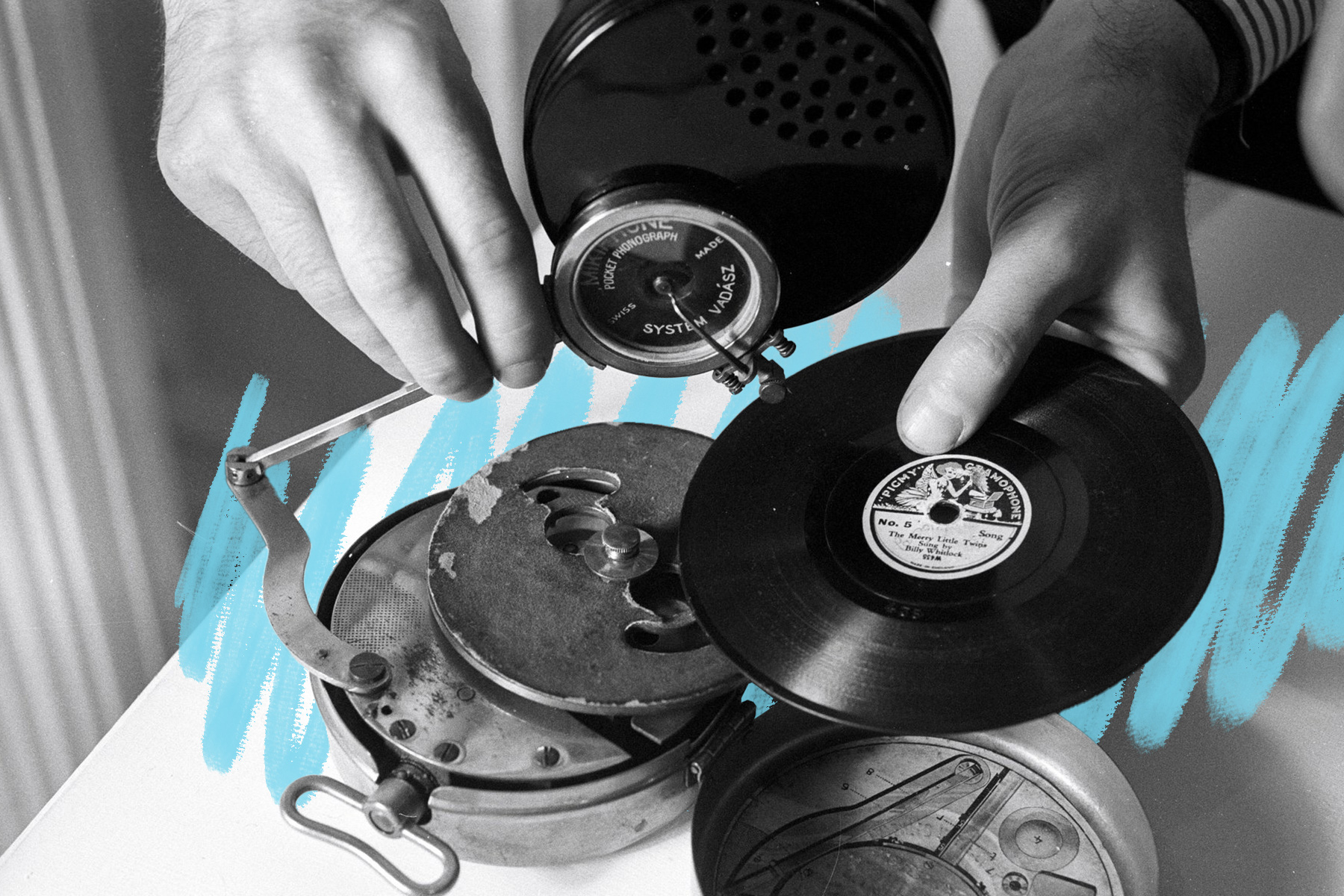 |
| |
| The Mikiphone was manufactured by Swiss company Paillard, which was known for its watches and music boxes. Advertisements at the time called the music player a "marvel of compactness" and boasted it was "ideal for picnics, car jaunts, [and] river trips." Ads even extolled it as "literally the Eighth Wonder of the World." It was indeed novel for its time, but despite its small size, the device was ultimately a bit cumbersome. The Mikiphone required that several parts — including small pieces such as the needle and the record weight — be carefully assembled and disassembled for each use, and when put together, it primarily played 10-inch, 78 RPM records — hardly a pocket-sized piece of media. Between 1925 and 1927, Paillard manufactured around 180,000 units, but by 1928 sales had plummeted, and Mikiphones were being let go at a major discount as a discontinued product. Today, the Mikiphone is known as the originator of portable music and is a prized collectible. | |
 |
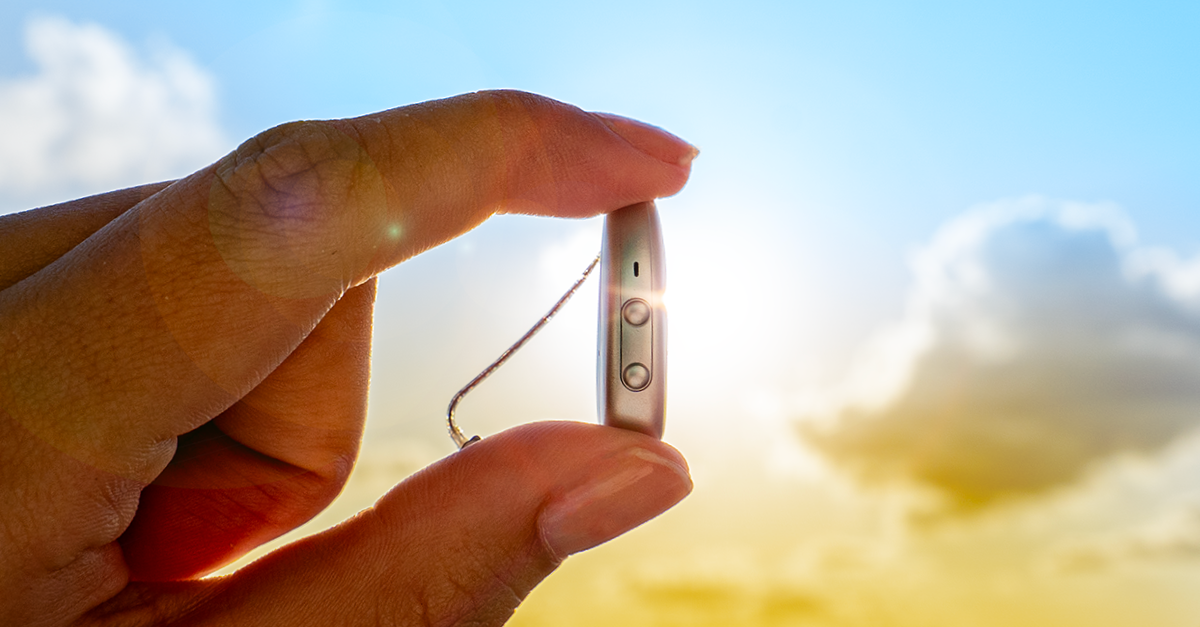 | |||
| |||
Outsmart the Noise | |||
| Thank you for supporting our sponsors! They help us keep History Facts free. |
 | |||||||||
By the Numbers | |||||||||
| |||||||||
| |||||||||
 | |||||||||
| |||||||||
The Walkman was originally called the "Soundabout" in the U.S. | |||||||||
| When Sony released its revolutionary portable cassette player, it wasn't universally known as the Walkman. In the United States, the device was called the "Soundabout"; in the U.K. it was called the "Stowaway"; and in Australia, it was the "Freestyle." At the time, retail companies outside Sony's home in Japan thought "Walkman" wasn't right for Western markets — another suggested name for the U.S. market was "Sony Disco Jogger." But the Walkman name had already gained traction in Japan, where, upon the player's 1979 release, early sales far exceeded expectations: Sony predicted moving 5,000 units a month, but the Walkman sold upwards of 50,000 in just the first two months. In 1980, Sony co-founder Akio Morita decided the Walkman name would be used worldwide, though advertisements show the Soundabout moniker held on in the U.S. for another few years. | |||||||||
 | |||
Recommended Reading | |||
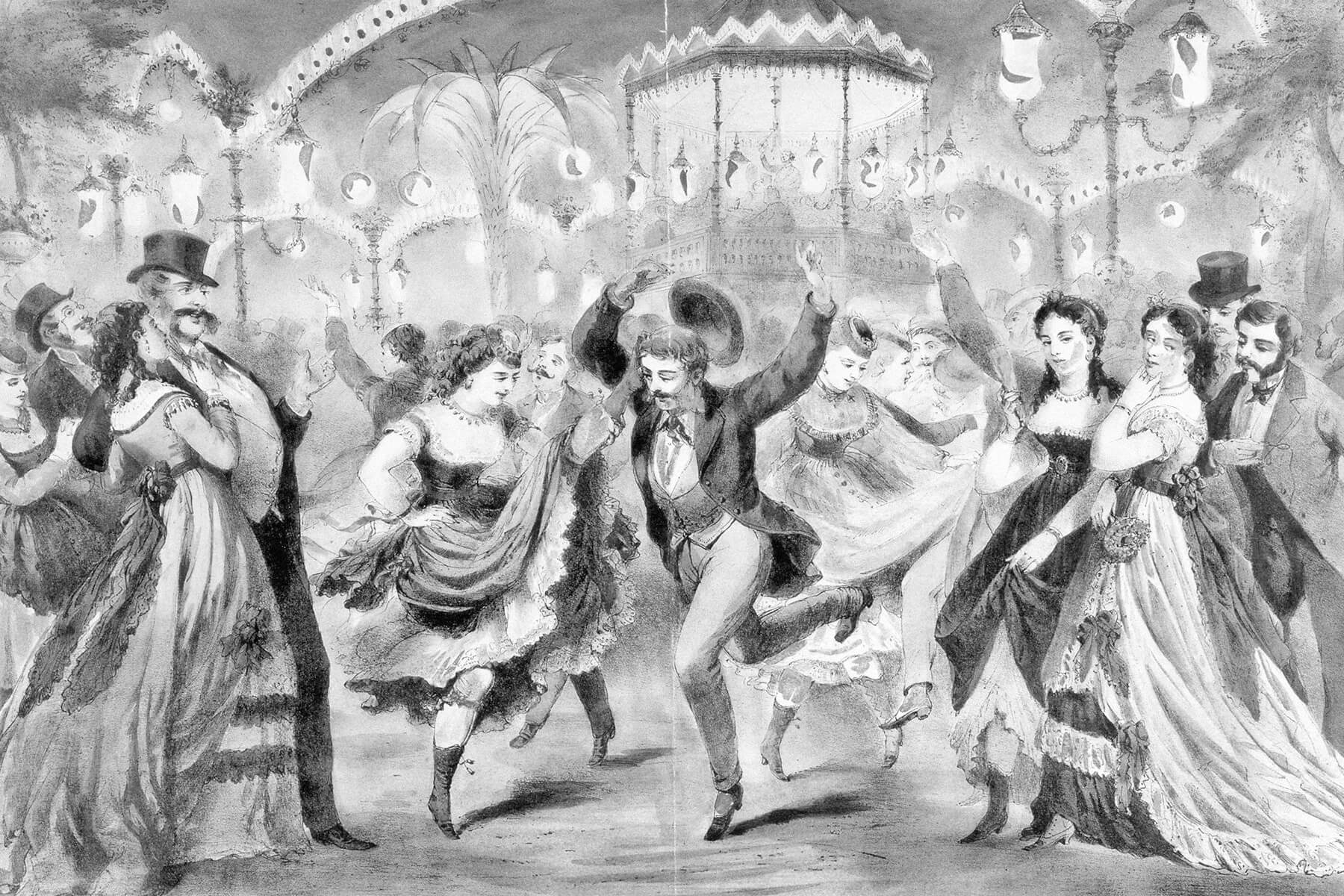 | |||
| | |||
 | |||
| | |||
| + Load more | |||
| | |
| |||||||||||||||||||||||||||||||||||||||||||||||||||||||
| |||||||||
| 700 N Colorado Blvd, #513, Denver, CO 80206 | |||||||||



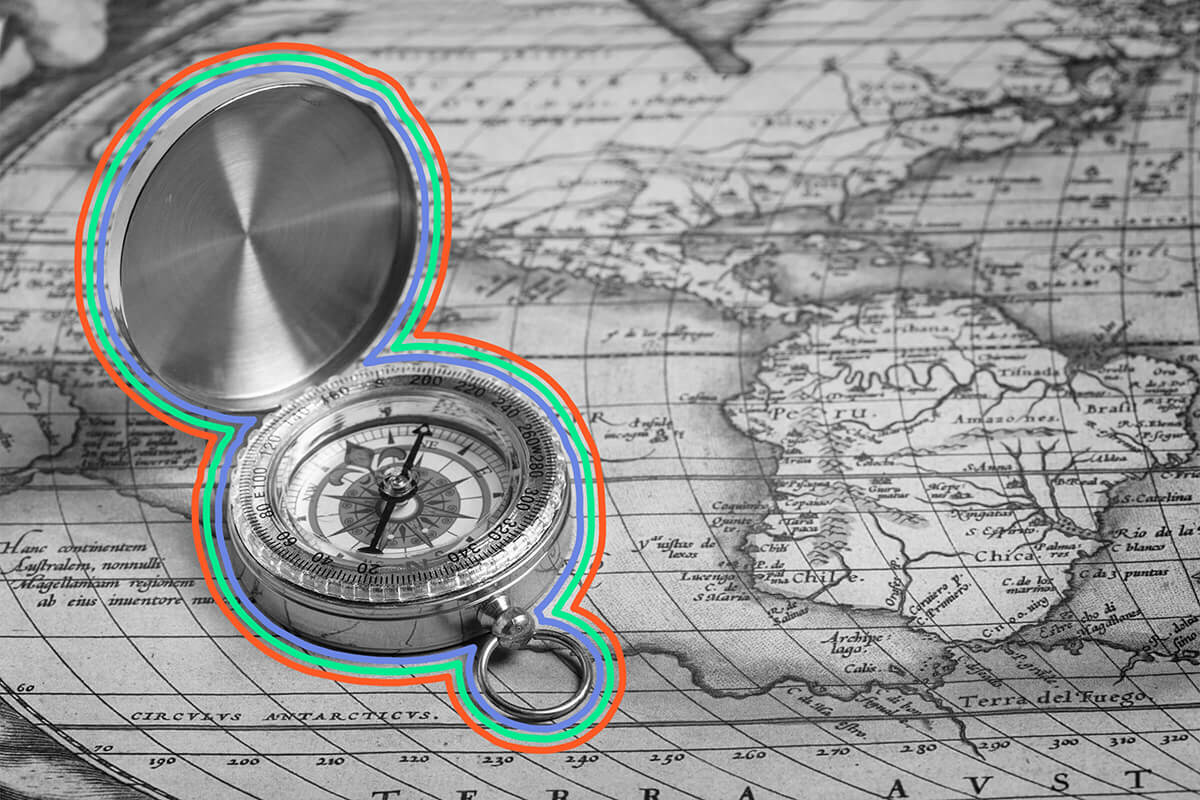
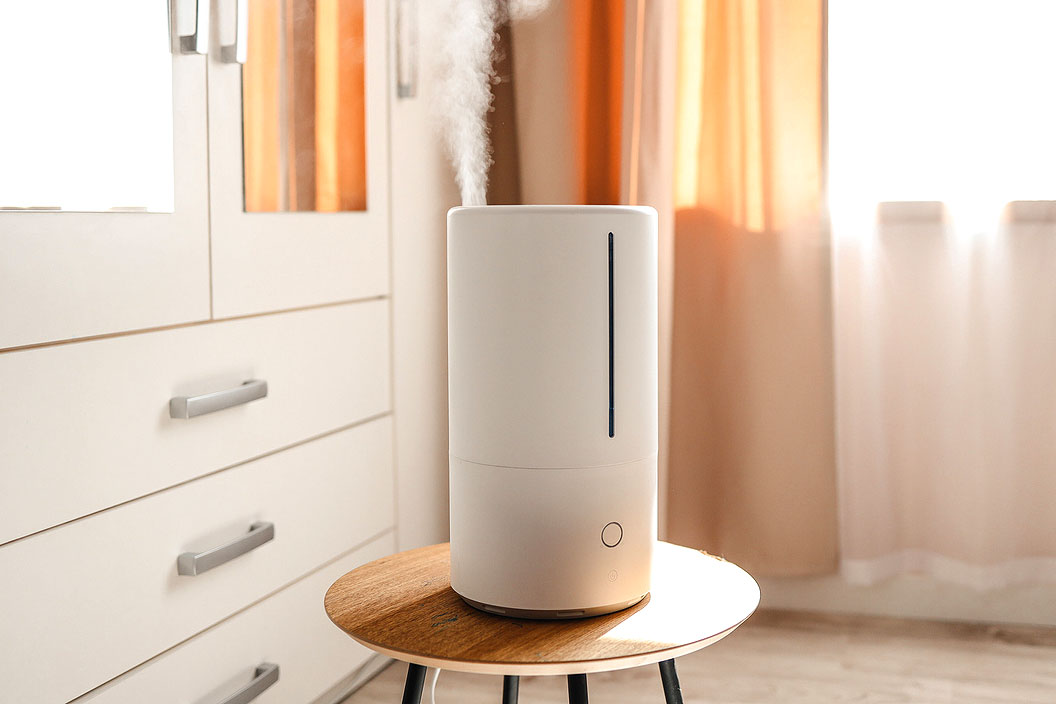




No comments:
Post a Comment